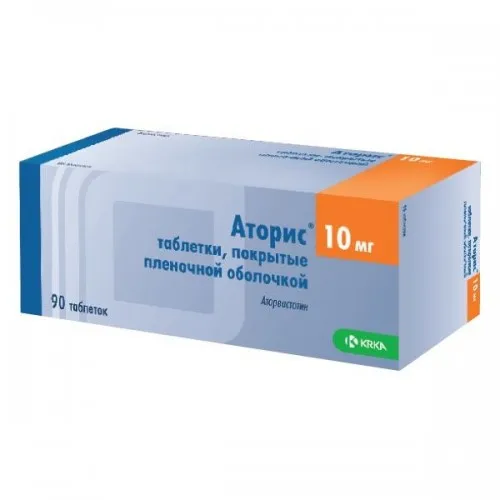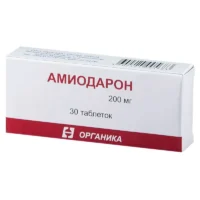Description
Atoris (Atorvastatin) Coated Tablets 10 mg. №90
Ingredients:
Each tablet contains 10 mg of atorvastatin.
Dosage:
The usual dose is 10 mg to 80 mg once daily. Dosage should be individualized according to the patient’s response.
Indications:
Atoris tablets are indicated to reduce the risk of heart attack, stroke, and certain types of heart surgeries. It is used in patients with high cholesterol levels.
Contraindications:
Do not use Atoris if you are pregnant or breastfeeding. It is contraindicated in patients with active liver disease.
Directions:
Take Atoris exactly as prescribed by your doctor. It can be taken with or without food.
Scientific Evidence:
Atorvastatin, the active ingredient in Atoris, has been extensively studied in various clinical trials. Research has shown that atorvastatin effectively lowers LDL cholesterol levels and reduces the risk of cardiovascular events. A study published in the New England Journal of Medicine demonstrated the significant benefits of atorvastatin in preventing heart attacks and strokes in high-risk patients.
Additional Information:
Pharmacological Effects: Atorvastatin works by inhibiting HMG-CoA reductase, an enzyme involved in cholesterol synthesis. By lowering LDL cholesterol levels, it helps prevent the buildup of plaque in the arteries, reducing the risk of cardiovascular events.
Clinical Trials: A meta-analysis of clinical trials comparing atorvastatin with other statins found it to be highly effective in reducing LDL cholesterol levels and improving cardiovascular outcomes. The results of these trials support the use of Atoris in the management of hypercholesterolemia and prevention of cardiovascular diseases.





